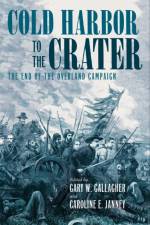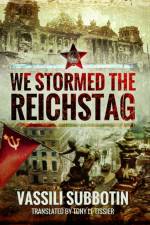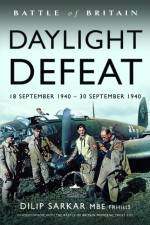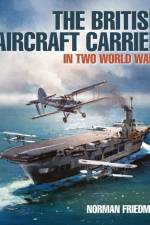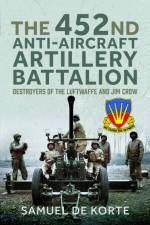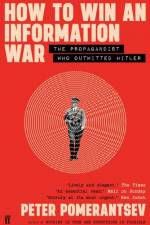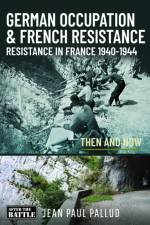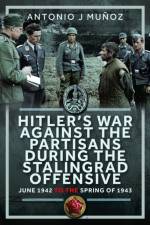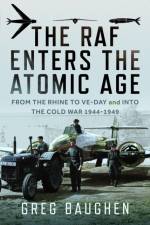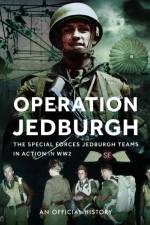av Jean Paul Pallud
321
The French Resistance fought against Nazi occupation and Vichy collaboration, playing a pivotal role in France's liberation.Resistance was a refusal to accept the finality of the military defeat of 1940; a refusal to accept that Vichy was the legitimate voice of France; a refusal to accept Vichy policy of collaboration. 'Resisters' were those French men and women who decided to keep on fighting the Germans.Rare men and women joined the Resistance in 1940, soon after the signature of the armistice, individually or within small isolated groups, alone, with no links between them. Others placed themselves at the service of the British SOE networks or the Free French networks. In line with the Soviet-German Non-Aggression Pact of August 1939, the Communist Party first took a neutral stance, though uncompromisingly hostile toward the Vichy regime. The Party joined the Resistance at the end of June 1941, when Germany attacked the Soviet Union, and soon created a clandestine armed force, 'Francs Tireurs et Partisans' (FTP).The communists called for immediate action and on August 21, a two-man squad shot Fähnrich Alfons Moser, a clerk with the Kriegsmarine, in the underground Metro in Paris. Five days later, the Germans shot five communists in reprisal, the first hostages to be executed in France. Many more followed, and recent studies indicate that 834 hostages were killed by the Germans between 1941 and 1944, in addition to approximately 2,900 resistance fighters executed after trial.The resistance movements were gradually organised, in the Occupied Zone, as well as in the Free Zone south of the Demarcation Line. In January 1942, de Gaulle sent Jean Moulin to France with the mission of unifying the Resistance. Jean Moulin succeeded in this unification and a National Council of Resistance (CNR) was created in May 1943, with representatives of the resistance movements of the two zones, political parties, and unions. The Germans hit hard in June, arresting Moulin on the 21st. He was so badly tortured by his SD interrogators that he succumbed within a fortnight. He revealed nothing, and the Germans were unable to dismantle the CNR.At the beginning of 1944, the armed groups of the different resistance movements were unified within the French Forces of the Interior (FFI).Plans were developed to bring chaos behind the German lines during the Allied landing in Normandy, and the Resistance promptly went into action on D-Day. The rail-cutting program was extraordinarily effective with hundreds of individual operations carried out.The Germans became alarmed by the impressive increase of the Resistance actions all over France and from the beginning of 1944 they launched successive attacks, for example against Mont Mouchet in the Massif-Central and at Saint-Marcel in Brittany in June. In the Alps, the Resistance being too strong to be dealt with solely by the occupation forces, the Germans were compelled to switch the 157. Reserve-Division, nominally a training formation, to anti-guerrilla operations against the Glières in March, and against the Vercors in July.Resistance activities increased significantly after D-Day, and harried German units committed numerous atrocities and war crimes against the civilian population. The worst of their crimes was committed by the 2. SS-Panzer-Division which hanged 99 men in Tulle on June 9 and murdered 642 civilians, women and children included, in Oradour-sur-Glane the next day.In the summer of 1944, Resistance forces liberated most of south-west and centre of France. In Brittany, the FFI provided very valuable assistance to the rapid advance of the American Third Army in August while in the south-east they facilitated the advance of the forces of the 6th Army Group which landed in Provence. In Paris, the Resistance launched an insurrection which practically liberated the city on August 25, before the arrival of the forces of the V Corps.After the Liberation, resistance fighters joined the new French Army and continued the fight alongside the Allies, allowing France to be associated with the 1945 victory over Nazi Germany.Including the resistance fighters executed, those killed in combat and those who died in deportation, some 37,500 resistance fighters died for France. In addition, some 3,900 people engaged in civil resistance were killed, bringing the total death toll to approximately 41,500.

